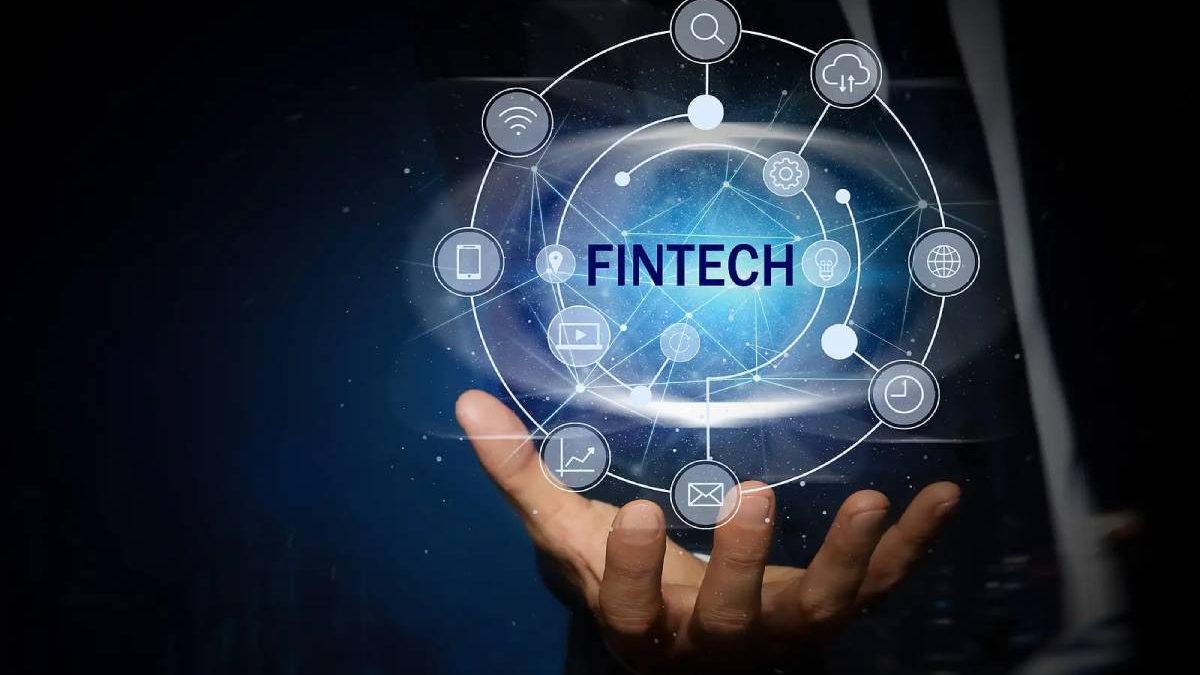Fintech is a sector that brings together companies that use technology to improve financial services. It is aimed at the interests of consumers and companies to optimize their processes in areas such as mobile banking and investment applications.
Fintech is now a vast industry with vast potential, ensuring that traditional banks mainly adopt its tools. After the financial crisis in 2008, Fintech traveled a consolidated path in 2019, which now makes them an ideal alternative for the financial management of companies.
Table of Contents
Objectives of Fintech Companies
The appearance of Fintech as a new player in the banking industry has caused traditional companies to reinvent themselves so as not to disappear. Even the arrival of this new actor has led to alliances and even mergers, which aim to improve the user experience.
These are Some of the Main Objectives of Fintech Companies:
- Reduce the cost of the transaction or the service provided
- Streamline payment processes, commerce, and other actions of online banking
- Add value to financial services that already exist in the market
- Develop infrastructure for financial services through data science, Big Data, and blockchain, among other technological tools.
- Improve cybersecurity and certify transparency in database systems where users are
- Manage digital assets, cryptocurrencies and improve alternative monetary policy
- Create or take advantage of economies of scale
These organizations seek to bring all the banking, administration, and economic processes to people more comfortably and friendly. They can do this through resources such as mobile applications, web platforms, and specialized software.
Gestures that are normal today, such as making payments with a couple of clicks or opening an account with a selfie, were unthinkable 20 years ago. Without a doubt, technology applied to finance has revolutionized the sector and many of our daily activities
The Future of Fintech

By 2008, when they were taking their first steps, Fintech represented a market that moved around 1,000 million dollars globally. A decade later, the figure stood above 127 billion dollars, and in 2022 it could reach 310 billion.
The solutions offered by Fintech can arise according to the needs that appear in the market. For example, according to the Global Covid-19 Fintech Market Rapid Assessment Study, 60% of fintech. Companies launched alternative products or services during the pandemic. Channels for additional payments and specific financing campaigns to mitigate the economic effects of covid-19 were the most common.
In addition to combinations with traditional banking, the consolidation of Fintech has been to offer solutions for non-financial third parties to provide financing and payment methods to their customers.
The Following Predictions For The Future Of Fintech May Seem Conservative.
Integrated Financing
Embedded Fintech will dominate the industry by 2030. It means that financial services will not necessarily be offered as a standalone product but will be part of the user interface of other products. Facebook Pay and Apple Card are examples of Fintech that have already driven change. By 2030, similar services will be center stage.” – Scott Spivack, Chief Marketing Officer, United Medical Credit.
Exponential Computing Power
By 2050, with computing power and network speeds capable of handling volumes of data unimaginable today, business and finance, in particular, will be even more automated and real-time. Big data will race within companies and each other, and cognitive computing will enable financial systems to mimic and surpass human intelligence. With this potential, finance teams no longer need to spend days or weeks collecting and consolidating financial and operational results to be delivered to stakeholders Time available to support decision-making at the right time – Tom Shea, CEO of OneStream Software.
Hybrid Cloud Solutions
The need for a well-thought-out ecosystem plan is as crucial as effective orchestration. Customers can share their financial data with other applications and vice versa through Open Banking. Intelligent real-time data integration is also possible.” with hybrid cloud solutions (cloud/server): Dileep Jacob. Senior vice president of global operations at Fingent.
Conclusion
New and simple ways to receive instant credits and other platforms to transfer money are some of the facilities that these corporations will continue to provide. It is how fintech companies transform the financial landscape, creating trends based on agility and a unique customer experience.


